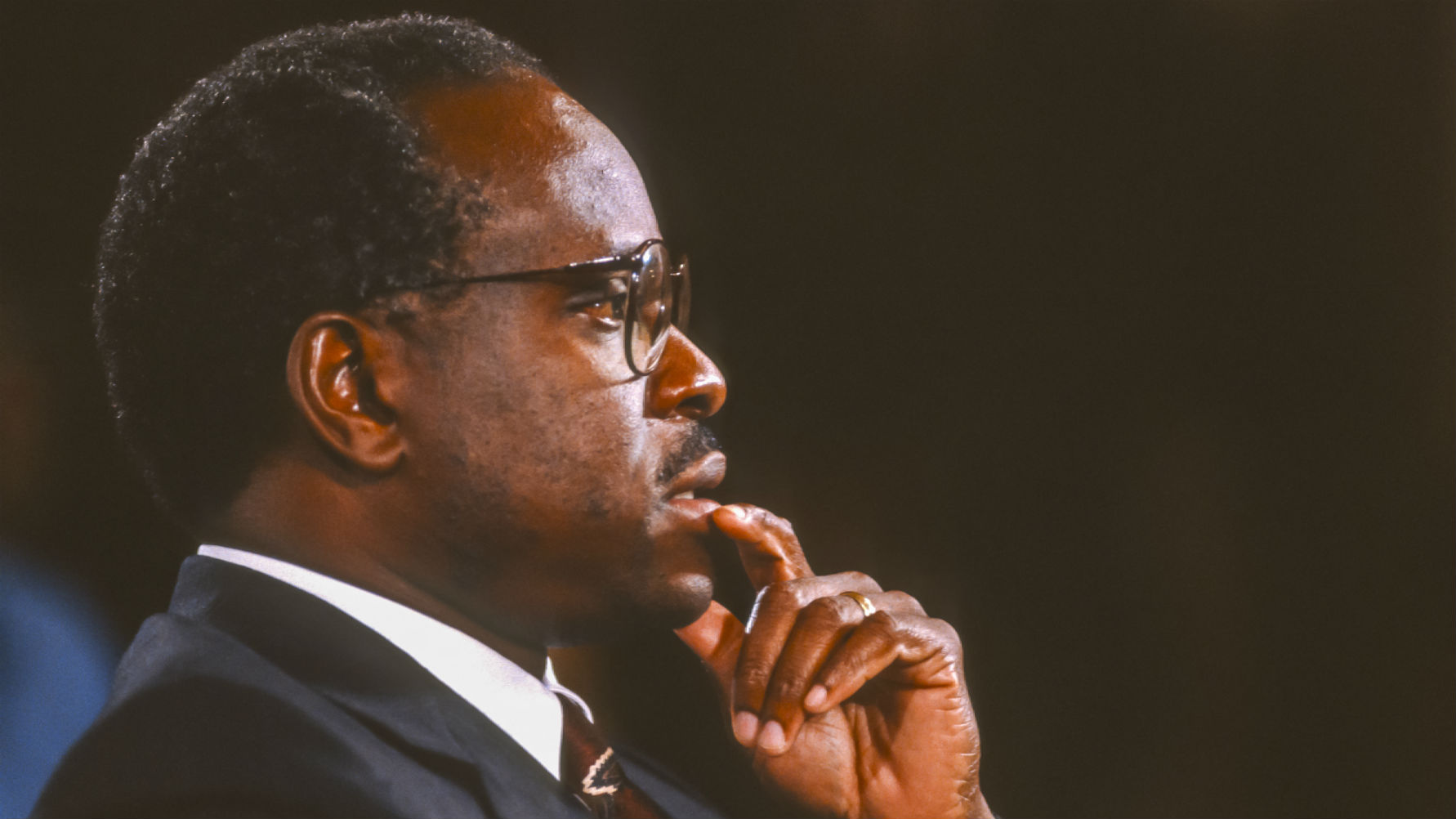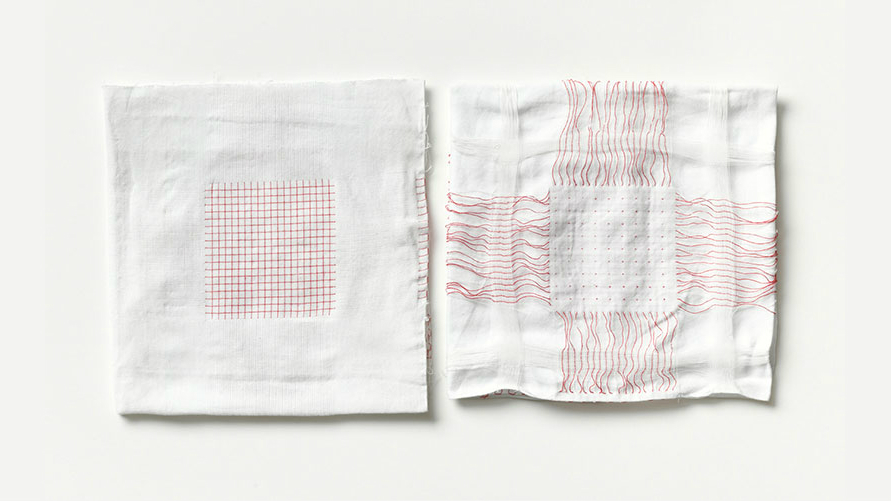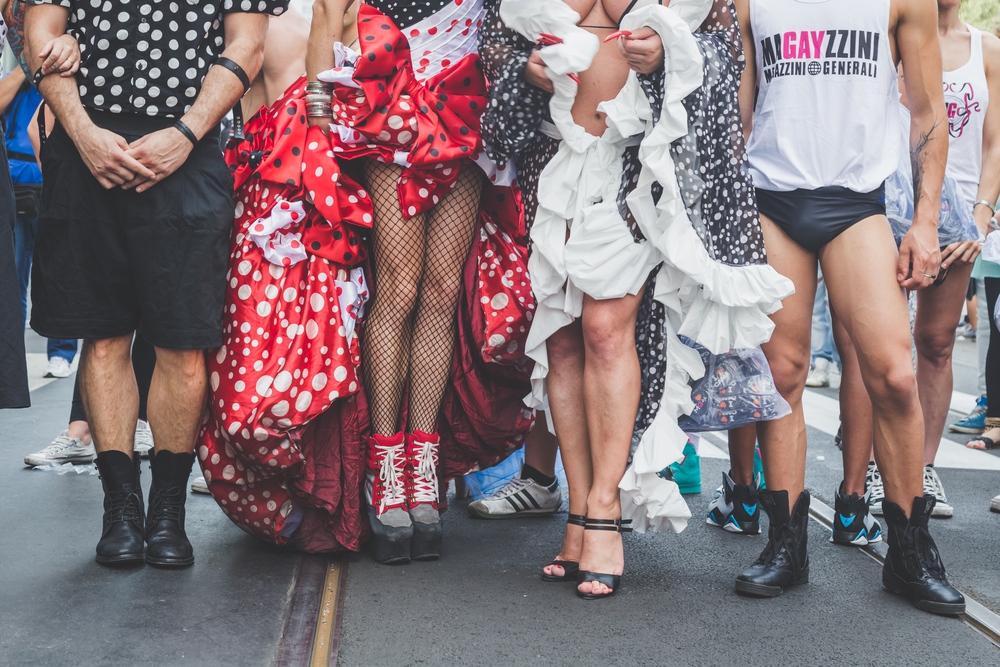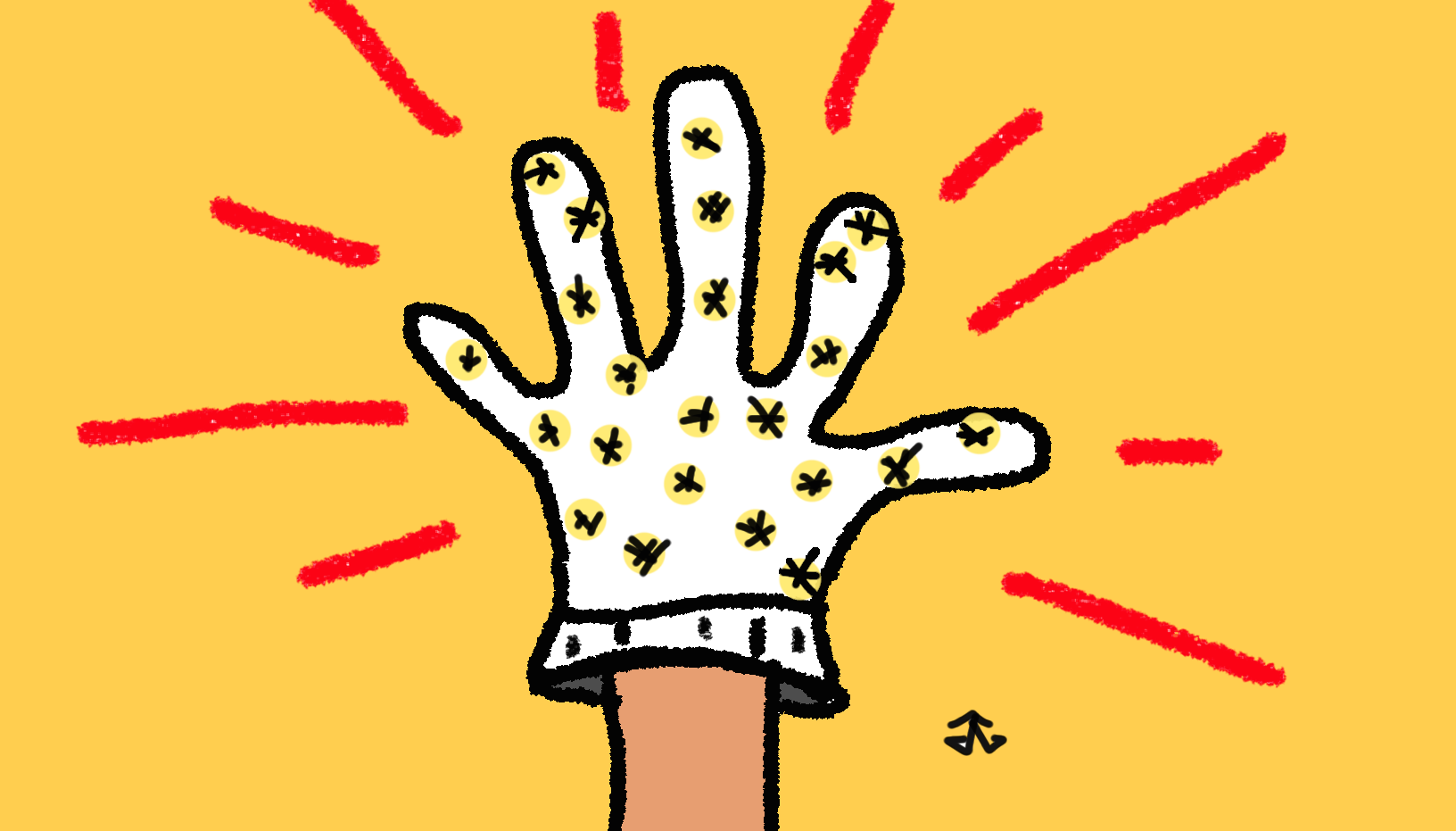AI will throw a wrench into many of our theological foundations. How will we adapt?
Search Results
You searched for: Imagin today
The U.S. Supreme Court issued a ruling this week protecting free speech on the Internet by clarifying the standards by which people can be convicted for making potential threats online.
Liberals and conservatives unite when thinking of America’s Golden Age — a fictionalized time whose history we constantly rewrite.
In his dissent in Obergefell v. Hodges, the ruling that made same-sex marriage a constitutional right throughout the United States, Justice Clarence Thomas rejected the majority’s rationale that gays and […]
Throwback Thursday: How Dark Matter’s #1 Competitor Died The only way out is to modify the laws of gravity, and our best observations rule those modifications out. “The discrepancy between […]
To mark the centennial of Trappist monk, poet, theologian, and social activist Thomas Merton’s birth, a new exhibition focuses on his photography and how those photos are not just images to contemplate, but also ways of Zen contemplation.
Even though we can’t see individual galaxies past a certain point, we know they’re there. Here’s the first evidence. “Our posturings, our imagined self-importance, the delusion that we have some […]
The beautiful and intricate Czech capital is like an anti-Silicon Valley.
Where previous iterations of wearable technology have relied on gaudiness, Google’s new smart fabric comes with an understanding that innovation doesn’t always need to be flashy.
No matter how much animosity you hold against your future former employers, making a spectacle is never worth the risk of backlash.
John Lennon liked to joke that Yoko Ono was “the world’s most famous unknown artist.” Before she infamously “broke up the Beatles” (but not really), Ono built an internationally recognized career as an artist in the developing fields of Conceptual art, experimental film, and performance art. Unfairly famous then and now for all the wrong reasons, Ono’s long fought in her own humorously sly way for recognition, beginning with her self-staged 1971 “show” Museum of Modern (F)art, a performance piece in which she dreamed of a one-woman exhibition of her work at the Museum of Modern Art, New York. Now, more than 40 years later, the MoMA makes that dream come true with the exhibition Yoko Ono: One Woman Show, 1960–1971. Better late than never, this exhibition of the pre-Lennon and early-Lennon Ono establishes her not just as the world’s most famous unknown artist, but the most unfairly unknown one, too.
A spiritual practice helps us learn about ourselves. It’s also a great way to make money.
Nearly half of Americans are “interested bystanders” who are aware of world events yet refuse to vote. A new survey finds that interested bystanders tend to take civic action only when they have a personal or professional stake.
Could everything we’ve put together about science turn out to be wrong? “Revolutions are something you see only in retrospect.” –Alan Greenspan We’re always on the lookout for the next […]
Every year in Japan, a giant penis festival is held, while in America, Chrissy Teigen’s nipple is banned. When will we get over our sexual Puritanism?
With three spatial dimensions, the possibilities are tremendous. But only one answer fits what we see. “Never erase your past. It shapes who you are today and will help you […]
What would you do? Imagine you’re a politically conservative, devoutly religious art dealer fleeing your war-torn country when you suddenly see art radically unlike anything you’ve seen before. Do you stay the course or gamble on this next “big thing”? Now add the sudden death of your pregnant young wife, which leaves you with five children under the age of nine whose futures now depend entirely on your choices. Do you roll the dice with your life and theirs? If you’re Paul Durand-Ruel and that artist is Claude Monet, the original Impressionist, you don’t just make that bet; you go “all in” — staking your family’s fortunes to those of a family of revolutionary artists. The exhibition Discovering the Impressionists: Paul Durand-Ruel and the New Painting, currently at the Philadelphia Museum of Art, goes “all in” with Durand-Ruel’s gamble and pays off big with a stirring tale of personal courage and art history in the making.
Psychedelics like psilocybin and LSD are being researched again after a 40-year hiatus, and the results are promising, from both a scientific and spiritual perspective.
Beating a polygraph test is as simple as understanding its psychological facets and turning them in your favor.
Something like social contracts likely run deep in our nature. As does the “economic justice” they need. The largest database we have on hunter-gatherer cultures suggests our ancestors had rigidly egalitarian tendencies 10,000 generations ago.
June 21 is International Yoga Day, a move sponsored by the Indian prime minister — and quickly capitalized upon by the Indian tourism board.
Is it like that Corn God myth? Do you devour them?
They’re our best measurement of dark energy, even better than supernovae! “If you think this Universe is bad, you should see some of the others.”–Philip K. Dick Imagine you’re looking […]
Research shows that kids who get to school under their own steam enjoy learning benefits in the classroom. Unfortunately, varying social factors and infrastructural limitations often make such commutes difficult, if not impossible.
On January 1, 2016, one of the most infamous books of the 20th century — Adolf Hitler’s Mein Kampf — enters public domain and can be published by anyone in Germany for the first time since the end of World War II. Seventy years after the fall of the Nazis, people still debate allowing that particularly evil genii out of the bottle to influence young minds. Others argue that the genii’s been out of the bottle all along, either through underground sources or, more recently, the Internet. More controllable, however, have been the propaganda films of the Nazis, whose chief propagandist, Joseph Goebbels, announced in 1941 that, “Film is our most important medium for propaganda.” Felix Moeller’s new documentary Forbidden Films: The Hidden Legacy of Nazi Film examines this question of allowing new generations to see these banned films and, if so, how to show them without that evil history repeating itself.
David Butler, vice president of Innovation and Entrepreneurship at Coca-Cola, speaks to the harms that befall big companies that refuse to adapt to remain relevant.
Before the first star ever formed, the Universe was filled with light. But how? “Light thinks it travels faster than anything but it is wrong. No matter how fast light […]
Marketplace’s David Gura recently reported on the success of American architects who help paint the Shanghai skyline with bold and innovative designs.
What does it mean to be confident? Author and broadcaster Claire Shipman explains what surprised her most when researching confidence in both professional and nonprofessional contexts.
Without this one piece of the puzzle, everything we know falls apart. “Is no one inspired by our present picture of the Universe? This value of science remains unsung by […]






















